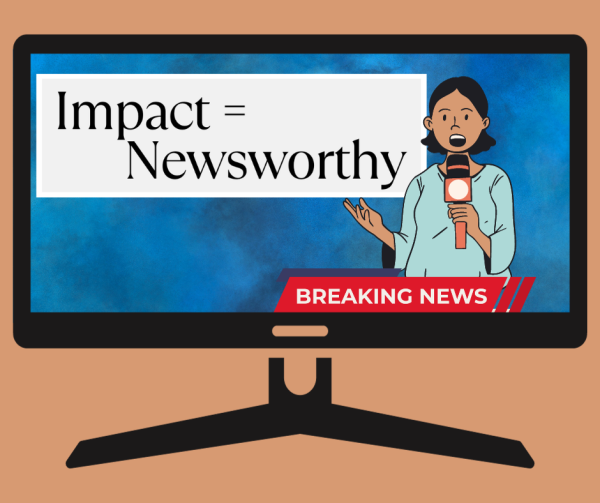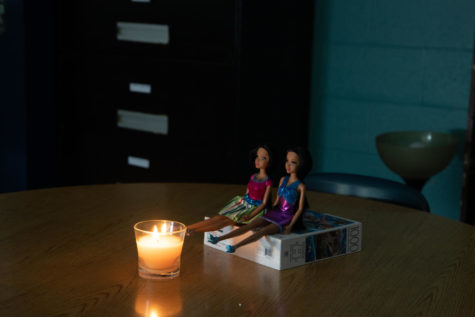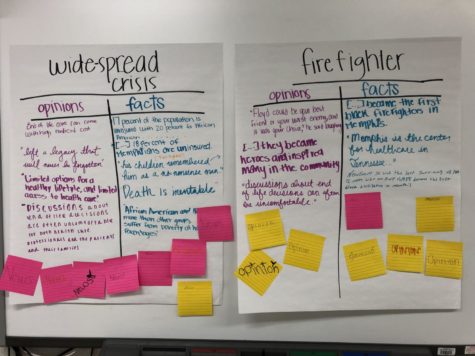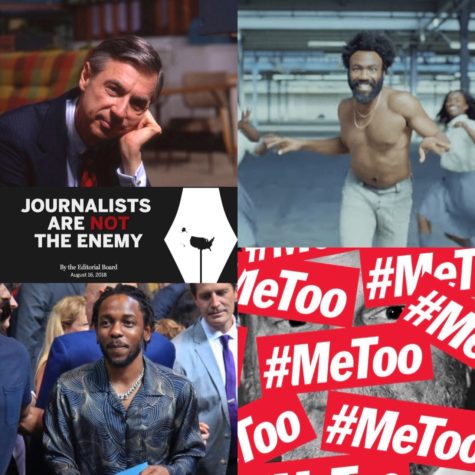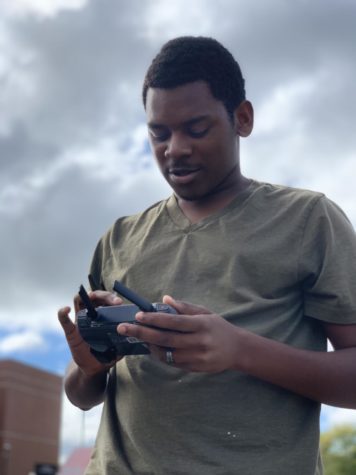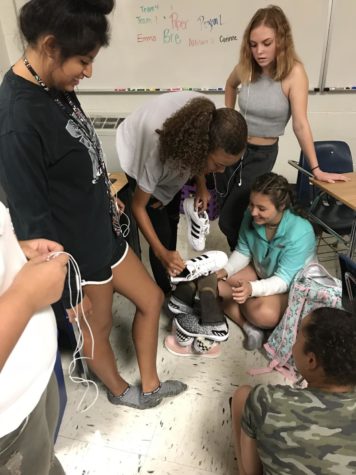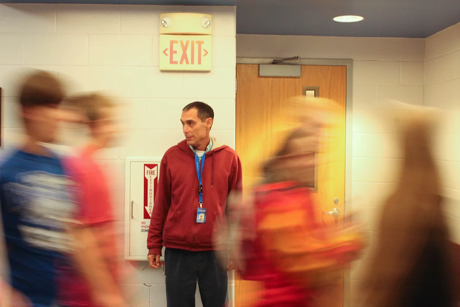Beyoncé and Black History: Get in Formation
On Feb. 6, 2016, Beyoncé released “Formation,” a surprise new single and music video. The next day, she performed the song during the Super Bowl halftime show.
The music video itself featured stunning imagery of southern African American pride, and included painful imagery as well, including Katrina floodwaters, an empty swimming pool and police in riot gear facing a young African American boy dancing (with the words “stop shooting us” written on a wall). The Super Bowl performance featured dancers in Black Pathers-inspired costumes.
Some white audience members expressed extreme discomfort and anger with the video and the performance. Many students in my classrooms were no exception. However, the knee-jerk reactions–that Beyoncé was promoting violent, anti-law enforcement sentiments–were not rooted in an understanding of historical context. It’s our job as educators to push students to think critically, so in moments like this–a pop culture phenomenon ensnared in controversy and a lack of historical context–we need to get to work.
As we educators enter Black History Month, it’s easy to focus our energy on Rosa Parks and Martin Luther King, Jr.–and typically sanitized versions of their radical activism. It’s tempting to try to make talking about race as “easy” as possible. However, doing that does a disservice to our students, because then they can’t enter conversations about the world around them–whether it’s a news story or a music video–with the full story. Delving deeper into untold histories and modern pop culture results in interdisciplinary possibilities that result in and more thoughtful and well-informed discussions about race in America.
After our initial discussions about the video and performance (and some quick history lessons about Katrina, New Orleans, segregated swimming pools, and the Black Panthers), I asked students in all of my classes–Composition I, Composition II, Diversity in the Media, and Intro to Film Studies–to complete the following assignment. The results were universally thoughtful and analytical, without the discomfort and anger that was in their voices the day after the Super Bowl performance.
Assignment
Get in Formation: The Rhetoric of Beyoncé
By examining the rhetorical situation, the media literacy triangle, and the imagery in “Formation,” arrive at a clear, analytical claim about the power of message and audience. For background information, a rhetorical comparative analysis of Martin Luther King Jr. and Malcolm X is provided in your source material, which illuminates the power of intended audience in how messages are received (and historically understood or misunderstood). Who is often the assumed audience of media? How does “Formation” (and the Black Panthers’ rhetoric) challenge those assumptions?
Choose one of the following prompts:
1. Rhetorical Analysis
Focus on the context and the subject of “Formation,” thinking critically about who the intended audience is. How does intended audience change how a message is received? As you analyze the rhetorical situation, focus on specific images and clues (including visual imagery and lyrics) as to the rhetorical situation of the video, and how that message is read by varying audiences. Also closely consider the media literacy triangle, which is an extension of the rhetorical situation.
2. Literary Analysis
While still focusing on the rhetorical situation and the media literacy triangle, look specifically about the power of symbolism and imagery in the “Formation” video and song. The “theme” in literature refers to the overall message or argument that the writer/artist is trying to convey through his/her words or images. In your own words, what is the theme of “Formation”? How do the images and symbols support that theme? Consider the imagery of floodwater, swimming pools
This essay should be in third-person point of view (this is an analysis, not a personal reflection). Follow MLA guidelines in format and citation, including proper in-text citations and a Works Cited page. Analyze critically, and don’t make unfounded claims; back up your argument with support.
Assignment Resources
- “Formation,” by Beyoncé (Video – Clean Version)
- Media Literacy Triangle
- Rhetorical Situation
- Black Panther Party’s Ten-Point Program
- “Letter from Birmingham Jail,” by Martin Luther King, Jr.
- “The Ballot or the Bullet,” by Malcolm X
Resources for Further Reading
- “Dr. Martin Luther King, Jr. and Malcolm X: The Power and Legacy of Prophetic Discourse in the Civil Rights Movement”
- “Beyoncé’s ‘Formation’ is a Visual Anthem” by dream hampton at NPR
See also at SchoolJournalism.org: “Encouraging Lightbulb Moments: ‘Single Stories’ and the Lack of Diversity in the Media“



